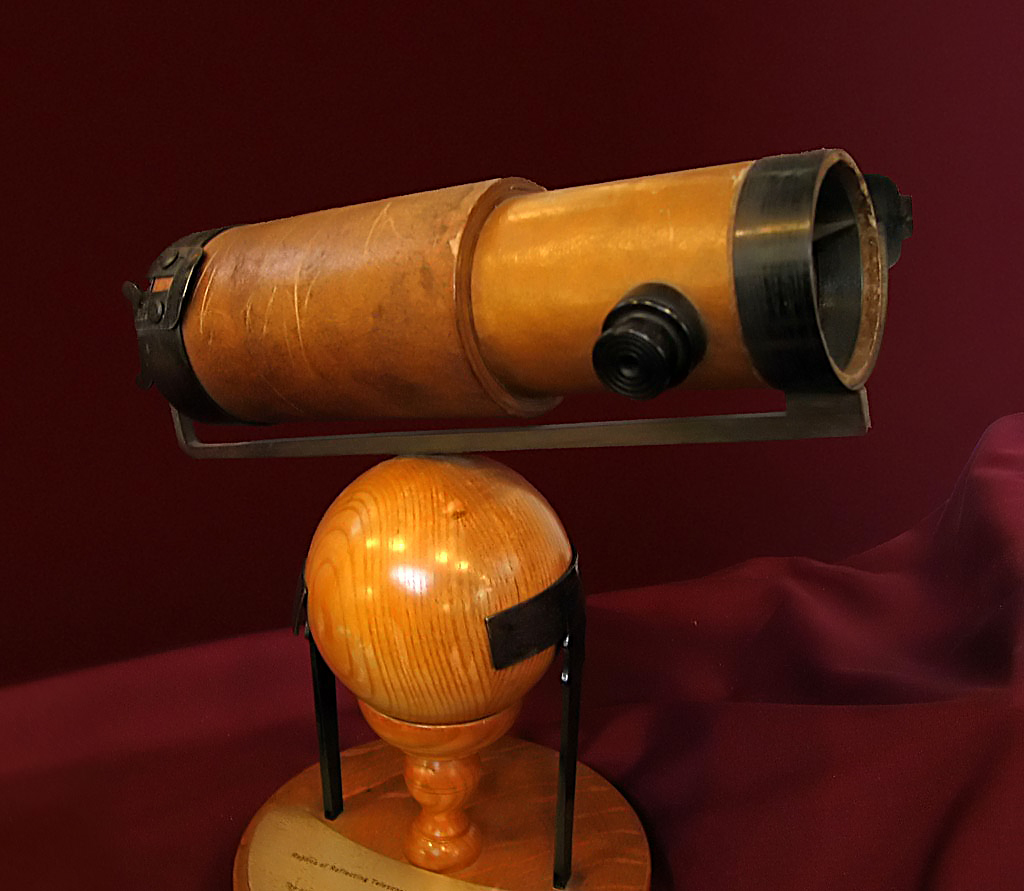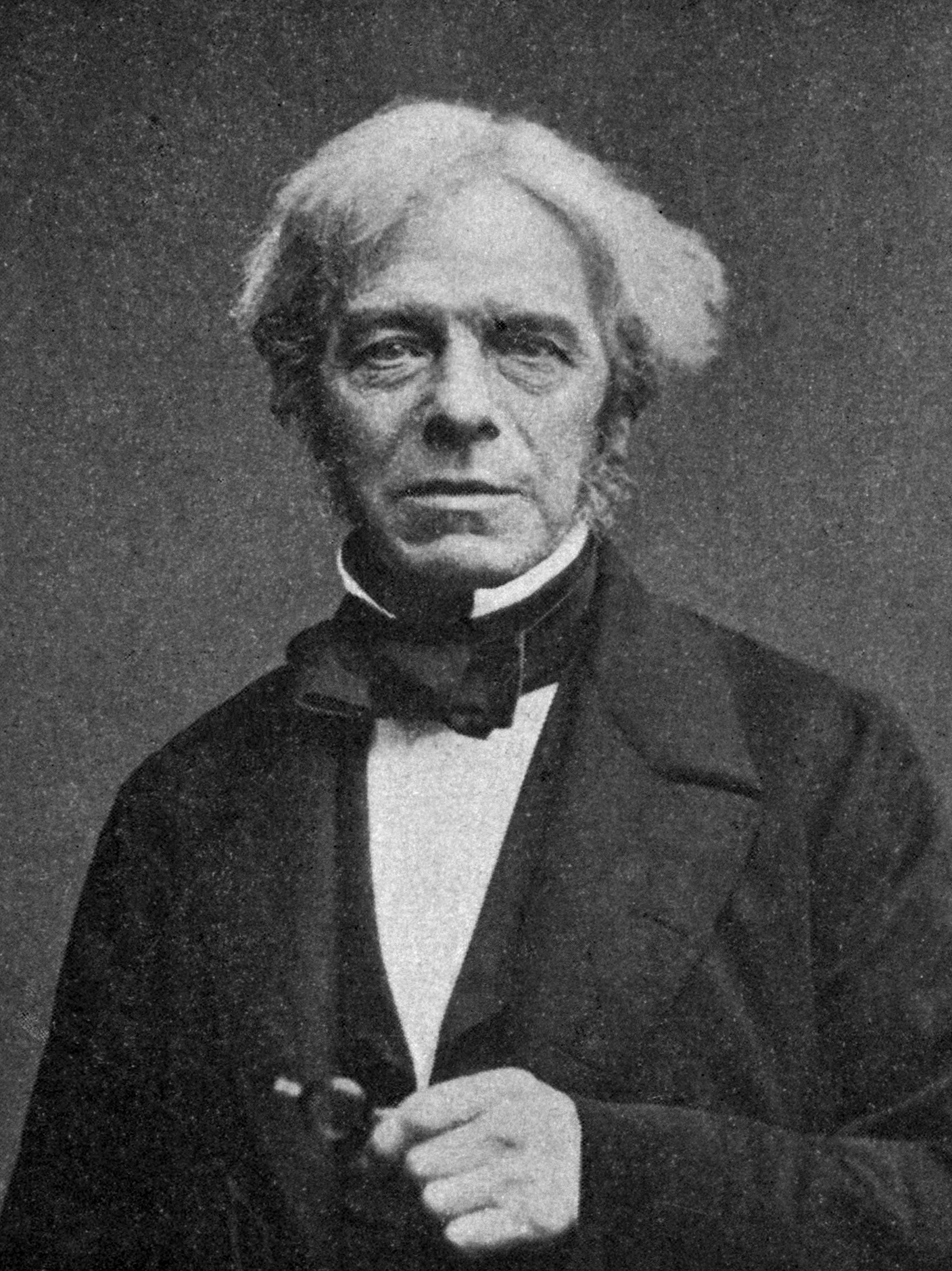|
Tom Kibble
Sir Thomas Walter Bannerman Kibble (; 23 December 1932 – 2 June 2016) was a British theoretical physicist, senior research investigator at the Blackett Laboratory and Emeritus Professor of Theoretical Physics at Imperial College London. His research interests were in quantum field theory, especially the interface between high-energy particle physics and cosmology. He is best known as one of the first to describe the Higgs mechanism, and for his research on topological defects. From the 1950s he was concerned about the nuclear arms race and from 1970 took leading roles in promoting the social responsibility of the scientist. Early life and education Kibble was born in Madras, in the Madras Presidency of British India, on 23 December 1932. He was the son of the statistician Walter F. Kibble, and the grandson of William Bannerman, an officer in the Indian Medical Service, and the author Helen Bannerman. His father was a mathematics professor at Madras Christian College, and K ... [...More Info...] [...Related Items...] OR: [Wikipedia] [Google] [Baidu] |
Madras
Chennai (, ), formerly known as Madras ( the official name until 1996), is the capital city of Tamil Nadu, the southernmost Indian state. The largest city of the state in area and population, Chennai is located on the Coromandel Coast of the Bay of Bengal. According to the 2011 Indian census, Chennai is the sixth-most populous city in the country and forms the fourth-most populous urban agglomeration. The Greater Chennai Corporation is the civic body responsible for the city; it is the oldest city corporation of India, established in 1688—the second oldest in the world after London. The city of Chennai is coterminous with Chennai district, which together with the adjoining suburbs constitutes the Chennai Metropolitan Area, the 36th-largest urban area in the world by population and one of the largest metropolitan economies of India. The traditional and de facto gateway of South India, Chennai is among the most-visited Indian cities by foreign tourists. It was ranked t ... [...More Info...] [...Related Items...] OR: [Wikipedia] [Google] [Baidu] |
Higgs Mechanism
In the Standard Model of particle physics, the Higgs mechanism is essential to explain the generation mechanism of the property "mass" for gauge bosons. Without the Higgs mechanism, all bosons (one of the two classes of particles, the other being fermions) would be considered massless, but measurements show that the W+, W−, and Z0 bosons actually have relatively large masses of around 80 GeV/''c''2. The Higgs field resolves this conundrum. The simplest description of the mechanism adds a quantum field (the Higgs field) that permeates all space to the Standard Model. Below some extremely high temperature, the field causes spontaneous symmetry breaking during interactions. The breaking of symmetry triggers the Higgs mechanism, causing the bosons it interacts with to have mass. In the Standard Model, the phrase "Higgs mechanism" refers specifically to the generation of masses for the W±, and Z weak gauge bosons through electroweak symmetry breaking. The Large Hadron ... [...More Info...] [...Related Items...] OR: [Wikipedia] [Google] [Baidu] |
Particle Physics
Particle physics or high energy physics is the study of fundamental particles and forces that constitute matter and radiation. The fundamental particles in the universe are classified in the Standard Model as fermions (matter particles) and bosons (force-carrying particles). There are three generations of fermions, but ordinary matter is made only from the first fermion generation. The first generation consists of up and down quarks which form protons and neutrons, and electrons and electron neutrinos. The three fundamental interactions known to be mediated by bosons are electromagnetism, the weak interaction, and the strong interaction. Quarks cannot exist on their own but form hadrons. Hadrons that contain an odd number of quarks are called baryons and those that contain an even number are called mesons. Two baryons, the proton and the neutron, make up most of the mass of ordinary matter. Mesons are unstable and the longest-lived last for only a few hundredt ... [...More Info...] [...Related Items...] OR: [Wikipedia] [Google] [Baidu] |
Quantum Field Theory
In theoretical physics, quantum field theory (QFT) is a theoretical framework that combines classical field theory, special relativity, and quantum mechanics. QFT is used in particle physics to construct physical models of subatomic particles and in condensed matter physics to construct models of quasiparticles. QFT treats particles as excited states (also called quanta) of their underlying quantum fields, which are more fundamental than the particles. The equation of motion of the particle is determined by minimization of the Lagrangian, a functional of fields associated with the particle. Interactions between particles are described by interaction terms in the Lagrangian involving their corresponding quantum fields. Each interaction can be visually represented by Feynman diagrams according to perturbation theory in quantum mechanics. History Quantum field theory emerged from the work of generations of theoretical physicists spanning much of the 20th century. Its deve ... [...More Info...] [...Related Items...] OR: [Wikipedia] [Google] [Baidu] |
Blackett Laboratory
The Blackett Laboratory is part of the Imperial College Faculty of Natural Sciences and has housed the Department of Physics at Imperial College London since its completion in 1961. Named after experimental physicist Patrick Blackett who established a laboratory at the college, the building is located on the corner of Prince Consort Road and Queen's Gate, Kensington. The department ranks 11th on QS's 2018 world university rankings. History The Department of Physics at Imperial College dates back to the physics department of the Normal School of Science, later the Royal College of Science. As part of the formation of Imperial, the Royal College was moved into a new building at South Kensington in 1906, which also housed the Chemistry Department. From 1906 to 1932 the head of the Physics Department was Prof. H. L. Callender, famous for his work on the properties of steam. G P Thomson (son of J J Thomson) replaced Callender in 1932, and worked in part on nuclear physics and ato ... [...More Info...] [...Related Items...] OR: [Wikipedia] [Google] [Baidu] |
Isaac Newton Medal
The Isaac Newton Medal and Prize is a gold medal awarded annually by the Institute of Physics (IOP) accompanied by a prize of £1,000. The award is given to a physicist, regardless of subject area, background or nationality, for outstanding contributions to physics. The award winner is invited to give a lecture at the Institute. It is named in honour of Sir Isaac Newton. The first medal was awarded in 2008 to Anton Zeilinger, having been announced in 2007. It gained national recognition in the UK in 2013 when it was awarded for technology that could lead to an 'invisibility cloak'. By 2018 it was recognised internationally as the highest honour from the IOP. Recipients * 2021 - David Deutsch for "founding the discipline named quantum computation and establishing quantum computation's fundamental idea, now known as the ‘qubit’ or quantum bit." * 2020 - Nader Engheta for "groundbreaking innovation and transformative contributions to electromagnetic complex materials and ... [...More Info...] [...Related Items...] OR: [Wikipedia] [Google] [Baidu] |
Albert Einstein Medal
The Albert Einstein Medal is an award presented by the Albert Einstein Society in Bern. First given in 1979, the award is presented to people for "scientific findings, works, or publications related to Albert Einstein" each year. Recipients Source:''Einstein Society * 2020: Event Horizon Telescope (EHT) scientific collaboration * 2019: Clifford Martin Will * 2018: Juan Martín Maldacena * 2017: LIGO Scientific Collaboration and the Virgo Collaboration * 2016: Alexei Yuryevich Smirnov * 2015: Stanley Deser and Charles Misner * 2014: Tom W. B. Kibble * 2013: Roy Kerr * 2012: Alain Aspect * 2011: Adam Riess, Saul Perlmutter * 2010: Hermann Nicolai * 2009: Kip Stephen Thorne * 2008: Beno Eckmann * 2007: Reinhard Genzel * 2006: Gabriele Veneziano * 2005: Murray Gell-Mann * 2004: Michel Mayor * 2003: George F. Smoot * 2001: Johannes Geiss, Hubert Reeves * 2000: Gustav Tammann * 1999: Friedrich Hirzebruch * 1998: Claude Nicollier * 1996: Thibault Damour * 1995: Chen Ning ... [...More Info...] [...Related Items...] OR: [Wikipedia] [Google] [Baidu] |
Dirac Prize
Distributed Research using Advanced Computing (DiRAC) is an integrated supercomputing facility used for research in particle physics, astronomy and cosmology in the United Kingdom. DiRAC makes use of multi-core processors and provides a variety of computer architectures for use by the research community. DiRAC and DiRAC II Initially DiRAC was funded with an investment of £12 million from the Government of the United Kingdom's Large Facilities Capital Fund combined with funds from the Science and Technology Facilities Council (STFC) and a consortium of universities in the UK. In 2012, the DiRAC facility was upgraded with a further £15 million of UK government capital to create DiRAC II which has five installations: # University of Cambridge HPC Service with 10000 cores and 1 Petabyte clustered file system # Cambridge Cosmos shared memory Service with 1856 cores, 14 Terabytes of globally shared memory with Intel Xeon Phi coprocessors # University of Leicester IT Services with ... [...More Info...] [...Related Items...] OR: [Wikipedia] [Google] [Baidu] |
Sakurai Prize
The J. J. Sakurai Prize for Theoretical Particle Physics, is presented by the American Physical Society at its annual April Meeting, and honors outstanding achievement in particle physics theory. The prize consists of a monetary award ($10,000 USD), a certificate citing the contributions recognized by the award, and a travel allowance for the recipient to attend the presentation. The award is endowed by the family and friends of particle physicist J. J. Sakurai. The prize has been awarded annually since 1985. Prize recipients The following have won this prize:The source of all information in this section, including quotations of the citation texts, is: * 2023 Heinrich Leutwyler: "For fundamental contributions to the effective field theory of pions at low energies, and for proposing that the gluon is a color octet." * 2022 Nima Arkani-Hamed: "For the development of transformative new frameworks for physics beyond the standard model with novel experimental signatures, includin ... [...More Info...] [...Related Items...] OR: [Wikipedia] [Google] [Baidu] |
Guthrie Medal And Prize
The Michael Faraday Medal and Prize is a gold medal awarded annually by the Institute of Physics in experimental physics. The award is made "for outstanding and sustained contributions to experimental physics." The medal is accompanied by a prize of £1000 and a certificate. Historical development * 1914-1965 Guthrie Lecture initiated to remember Frederick Guthrie, founder of the Physical Society (which merged with the Institute of Physics in 1960). * 1966-2007 Guthrie Medal and Prize (in response to changed conditions from when the lecture was first established). From 1992, it became one of the Institute's Premier Awards. * 2008–present Michael Faraday Medal and Prize Medalists and lecturers Faraday medalists * 2019 Roy Taylor, "For his extensive, internationally leading contributions to the development of spectrally diverse, ultrafast-laser sources and pioneering fundamental studies of nonlinear fibre optics that have translated to scientific and commercial ap ... [...More Info...] [...Related Items...] OR: [Wikipedia] [Google] [Baidu] |
Rutherford Medal And Prize
The Institute of Physics awards numerous prizes to acknowledge contributions to physics research, education and applications. It also offers smaller specific subject-group prizes, such as for PhD thesis submissions. Bilateral awards * The Max Born Medal and Prize is awarded yearly by the German Physical Society and the Institute of Physics in memory of the German physicist Max Born. The prize recognizes "outstanding contributions to physics" and is awarded to physicists based in Germany and in the UK or Ireland in alternate years. * The Fernand Holweck Medal and Prize is awarded jointly by the French and British Physical Societies for distinguished work in any aspect of physics that is ongoing or has been carried out within the 10 years preceding the award. * The Harrie Massey Medal and Prize is awarded biennially jointly by the Institute of Physics and by The Australian Institute of Physics. * The Giuseppe Occhialini Medal and Prize is awarded to physicists in alternating yea ... [...More Info...] [...Related Items...] OR: [Wikipedia] [Google] [Baidu] |
Hughes Medal
The Hughes Medal is awarded by the Royal Society of London "in recognition of an original discovery in the physical sciences, particularly electricity and magnetism or their applications". Named after David E. Hughes, the medal is awarded with a gift of £1000. The medal was first awarded in 1902 to J. J. Thomson "for his numerous contributions to electric science, especially in reference to the phenomena of electric discharge in gases", and has since been awarded over one-hundred times. Unlike other Royal Society medals, the Hughes Medal has never been awarded to the same individual more than once. The medal has on occasion been awarded to multiple people at a time; in 1938 it was won by John Cockcroft and Ernest Walton "for their discovery that nuclei could be disintegrated by artificially produced bombarding particles", in 1981 by Peter Higgs and Tom Kibble "for their international contributions about the spontaneous breaking of fundamental symmetries in elementary-part ... [...More Info...] [...Related Items...] OR: [Wikipedia] [Google] [Baidu] |






